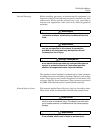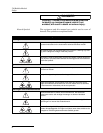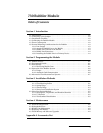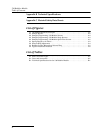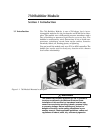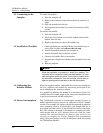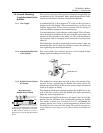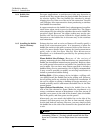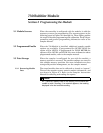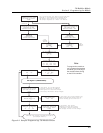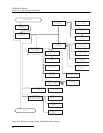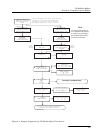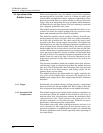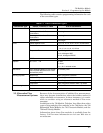
730 Bubbler Module
Section 1 Introduction
1-4
1.6.4 Bubble Line
Extensions
For some applications, a stainless steel tube may be easier to
install in the flow stream than the plastic bubble line because of
its relative rigidity. The vinyl bubble line attaches by simply
slipping the vinyl tube over the end of the extension. Contact
your Teledyne Isco representative about purchasing a stainless
steel bubble line extension.
A copper extension to the bubble line is advantageous in applica-
tions where algae tends to grow in the bubble line. The copper
salts released by the tubing are algicides that tend to inhibit the
growth of algae. However, the copper tubing may not be com-
patible with the flow stream. Attach the copper bubble line
extensions to the bubble line in the same way as the stainless
steel extensions.
1.6.5 Installing the Bubble
Line in a Primary
Device
Primary devices such as weirs or flumes will usually specify a
head (level) measurement point. It is important to place the
bubble line outlet at this point to convert levels to flow rates cor-
rectly. For more details about locating the head measurement
point, refer to the Isco Open Channel Flow Measurement
Handbook, or to information provided by the primary device
manufacturer.
Flume Bubble Line Fittings – Because of the variety of
primary measuring devices and installations, no comprehensive
bubble line installation instructions are practical. However, there
are valid general observations on bubble line installation that
can be made. You can have most flumes specified to include a
bubbler fitting. In new construction, this is highly recommended.
It may even be possible to modify an existing installation to
include a permanent bubbler fitting.
Stilling Wells – If the primary device includes a stilling well,
you should install the bubble line in the stilling well. However,
not all stilling wells are suitable for bubble line installation. If
the well is subject to silting or buildup of foreign material, you
should probably avoid it and mount the bubble line in the flow
stream proper.
Open Channel Installation – Attach the bubble line to the
side of the flow channel or flume. Make the attachment so it
causes a minimum amount of disturbance to the flow stream. If
possible, cut a groove in the side of the channel, place the bubble
line in the groove, and then grout over the groove.
Alternately, you can attach the bubble line to the side of the
channel, and then grout over the line to form smooth, sloped
lead-in and lead-out surfaces. However, you may simply attach
the bubble line to the side of the channel or the upstream side of
a weir.
Note
When installing the bubble line in a high-velocity flow stream
(exceeding 5 ft/sec or 1.5 m/sec), please consult with the Tele-
dyne Isco Customer Service Department for recommenda-
tions.




